BASAL CELL CARCINOMA
Basal cell carcinoma (BCC) is the most common form of skin cancer. It is a malignant epidermal tumour which is slow-growing, locally invasive, and mainly affects white people.
Though it is malignant, metastasis is extremely rare. However it is locally invasive and destructive hence also referred to as “rodent ulcer” . This is the reason for significant morbidity in affected individuals.
“Majority of the BCC’s occur in head and neck region. The most common location would be above the line which is drawn from the angle of mouth to the pinna of the ear”
Clinically , the appearance of the tumor vary and they can be nodular, cystic, ulcerated, sclerotic, superficial or pigmented types. The ulcerated variety is the one which is commonly referred to as rodent ulcer!
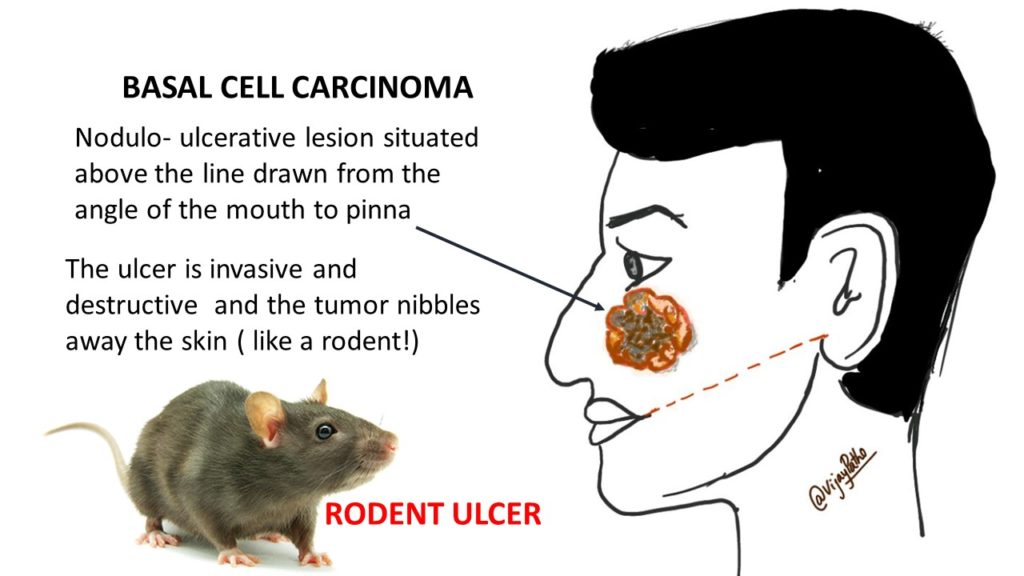
Gross: Nodulo- ulcerative is the most common morphological type. The lesion is typically an elevated lesion with ulcer surrounded by rolled out edges
Microscopy:
The tumor resembles that of the basal layer of epidermis. These are arranged in the form of nests, which are seen arising from epidermis and extending into the dermis.

These cells have scanty cytoplasm, elongated hyperchromatic nuclei. At the periphery of these nests, the cells are radially arranged with long axis parallel to each other. This is referred to as “ palisading arrangement”
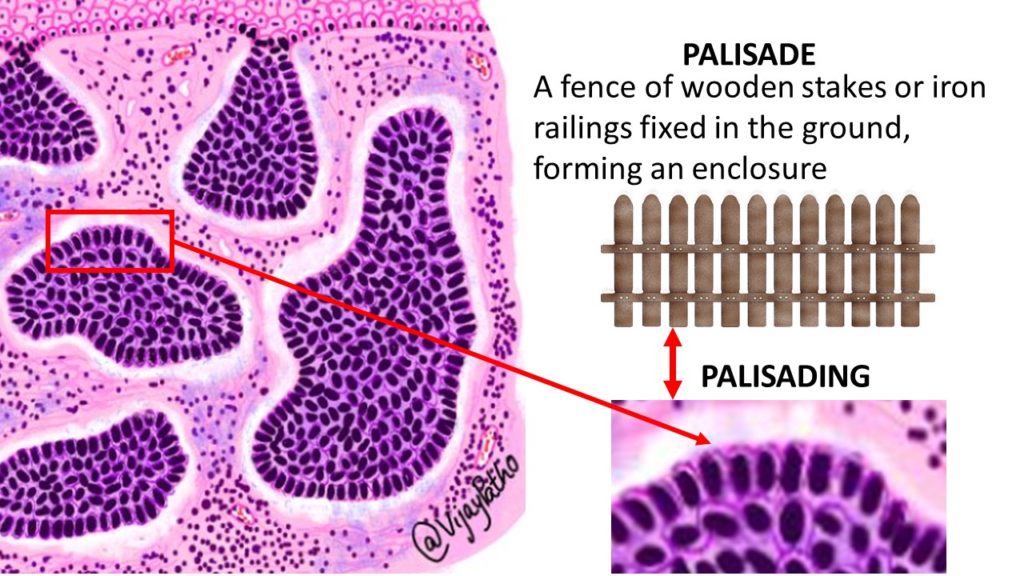
These nests are separated from the surrounding stroma by cleft like space. These cleft like spaces were earlier thought to be an artefact, but are now said to be as a result of peritumoral mucin deposition.
Also evident is the presence of scattered areas myxoid stroma ( appear bluish in H&E Stained sections) along with varying amounts of chronic inflammatory cell infiltrates comprised of lymphocytes and plasma cells.

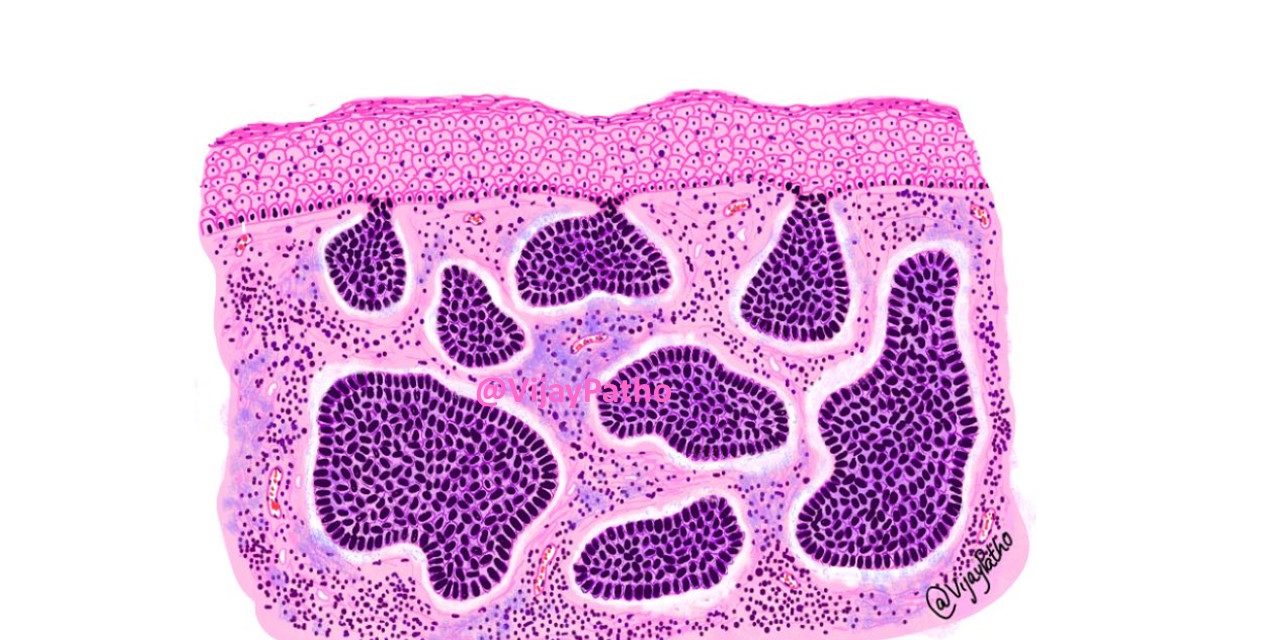
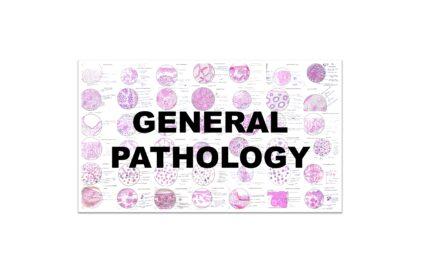
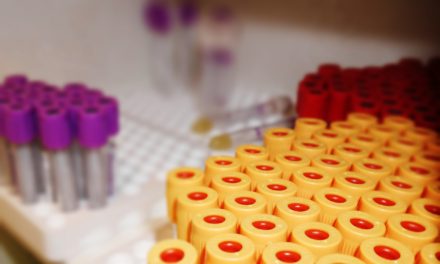
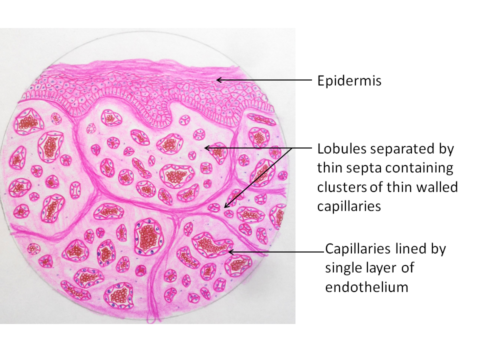
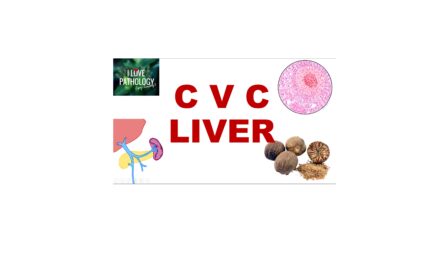





Recent Comments